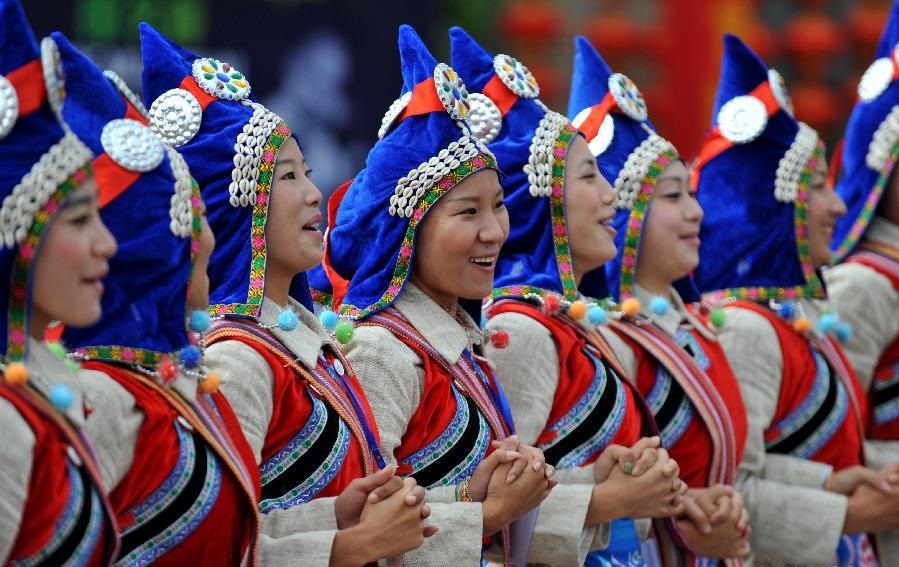Cultural heritage bringing China’s old villages to life

People of the Lisu ethnic group dance during a performance of the village culture festival at Fubao Village in the Guandu District of Kunming, capital of southwest China’s Yunnan Province.
Traditional village conservation has become a hot topic in China, but there are tendencies to focus excessively on the protection of old buildings and development of rural tourism in the process.
It is true that protection of ancient buildings is the first task, and developing village tourism might be seen as a shortcut to attracting more investment. But it also increases the likelihood that local governments will be eager for quick success and instant benefits.
But this is only an expedient approach rather than a sustainable development strategy, because driven by economic interests and political performance, the local government might skip the most vulnerable step in the process: preserving cultural traditions and community memories of villages.
Looking back at the overall protection work, more attention has been attached to application materials, list releases, project funds and so on, but little effort has been paid to creating a basic archive for traditional villages.
Traditional villages are settlements of people clustered around central points that concentrate the materials, spirits and systems of agricultural civilization, so they are places that boast both tangible and intangible cultural heritage.
Therefore, no matter what methods are adopted to preserve the traditional villages, the fundamental purpose is to protect, inherit, and develop the precious folk culture.
Destructive consequences almost inevitably ensue amid the rush to develop ancient villages to seek benefits, if the goal of protection is not clear and the cultural traditions as well as unique resources of ancient villages cannot be identified.
So, the first urgent task is to establish an archive for the historical and cultural resources of traditional villages.Unfortunately, the archive work has not been listed on the local government’s protection agenda.
When local villagers are confronted with worrisome issues, such as judging the items that really need protection in the process of conserving traditional villages and the dilemma between village protection and new rural construction, they have already made complaints. According to the trajectory they are following, homesickness of the natives will be fueled by these anxieties.

 PRINT
PRINT CLOSE
CLOSE